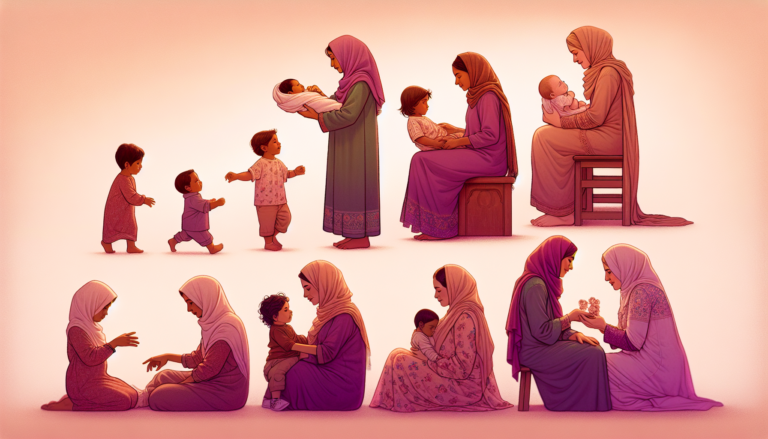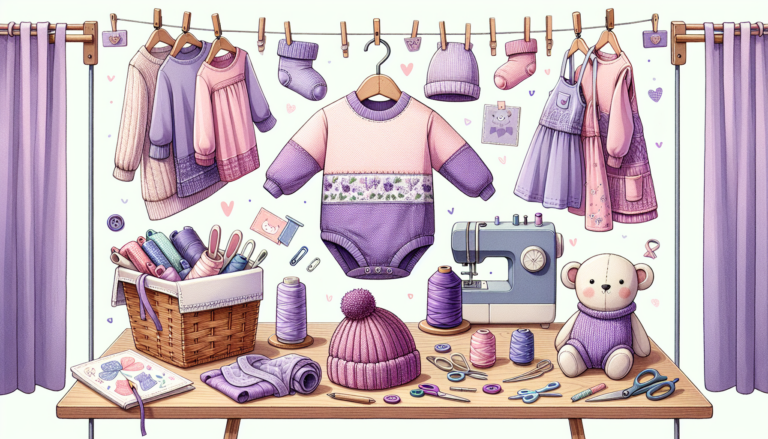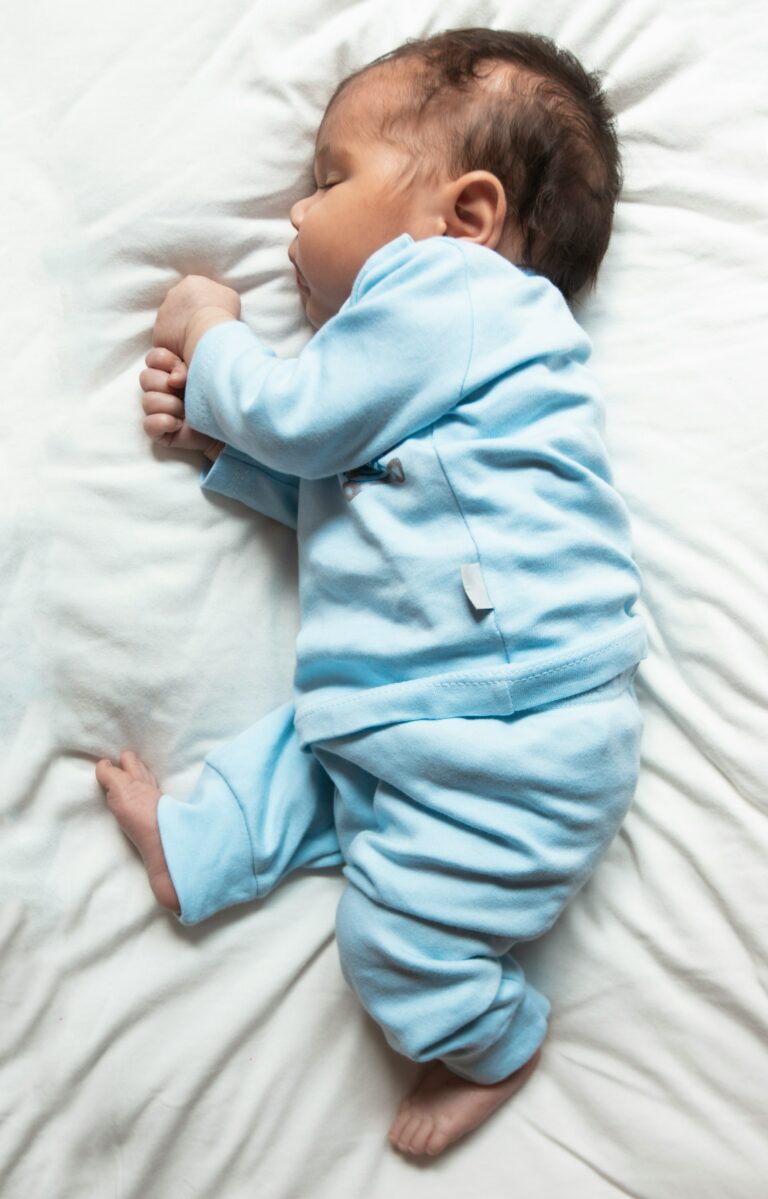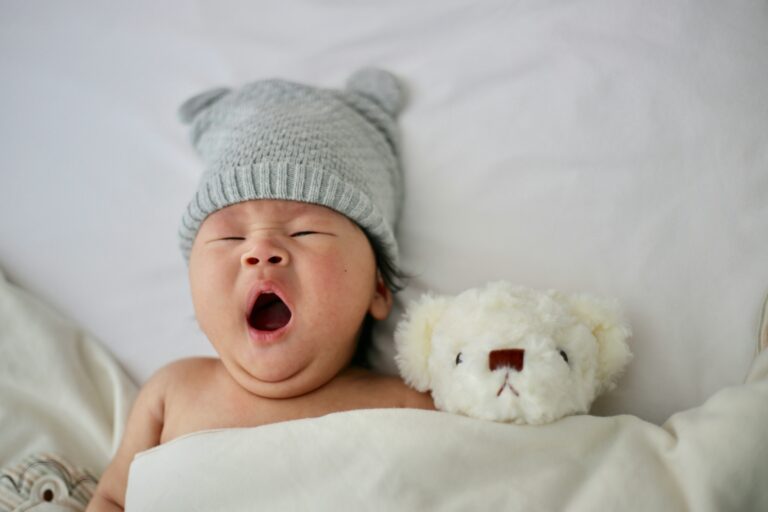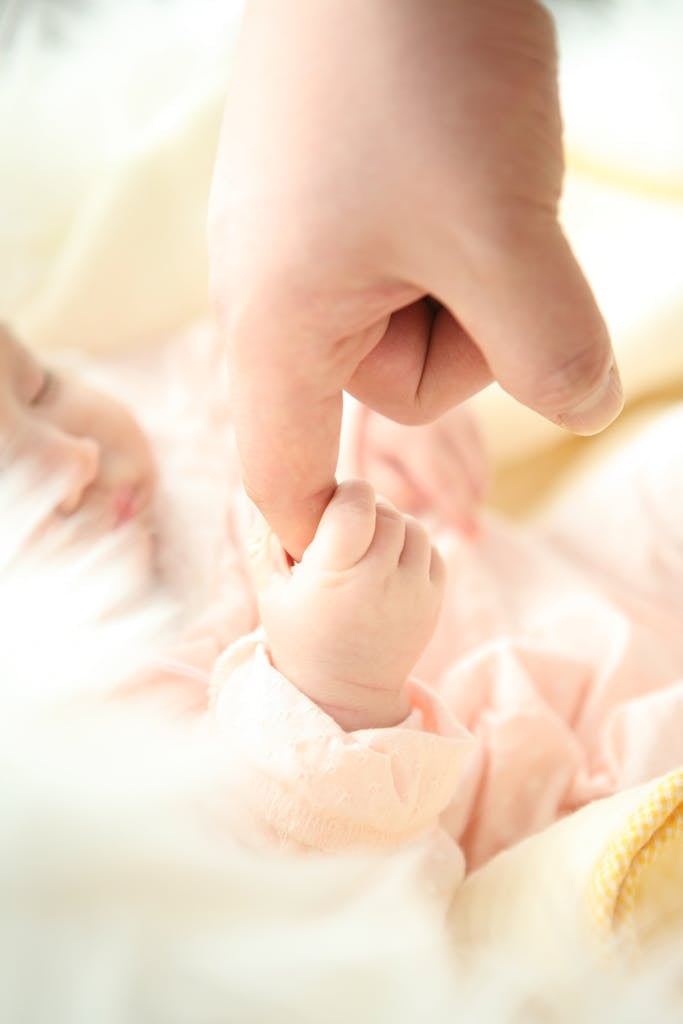Cloth Diapering Guide: Modern Moms Secrets to Practical Use
Cloth diapering is a smart, sustainable choice for modern parents. Imagine navigating the maze of baby products, where every choice feels like a compromise between your baby’s comfort, your time, and the planet’s future. It’s a balancing act that can leave even the most eco-conscious parent feeling overwhelmed.
But breathe easy, because you’re about to discover a cloth diapering system that fits seamlessly into your busy life. With years of navigating the cloth diapering world and countless conversations with fellow parents, I’ve gathered the insights that will simplify your journey.
We’ll unravel the complexities together, exploring options that blend tradition with innovation for your little one’s ultimate comfort and your peace of mind. Let’s embark on this cloth diapering adventure, tailored for the realities of your vibrant, yet hectic, parenting lifestyle.
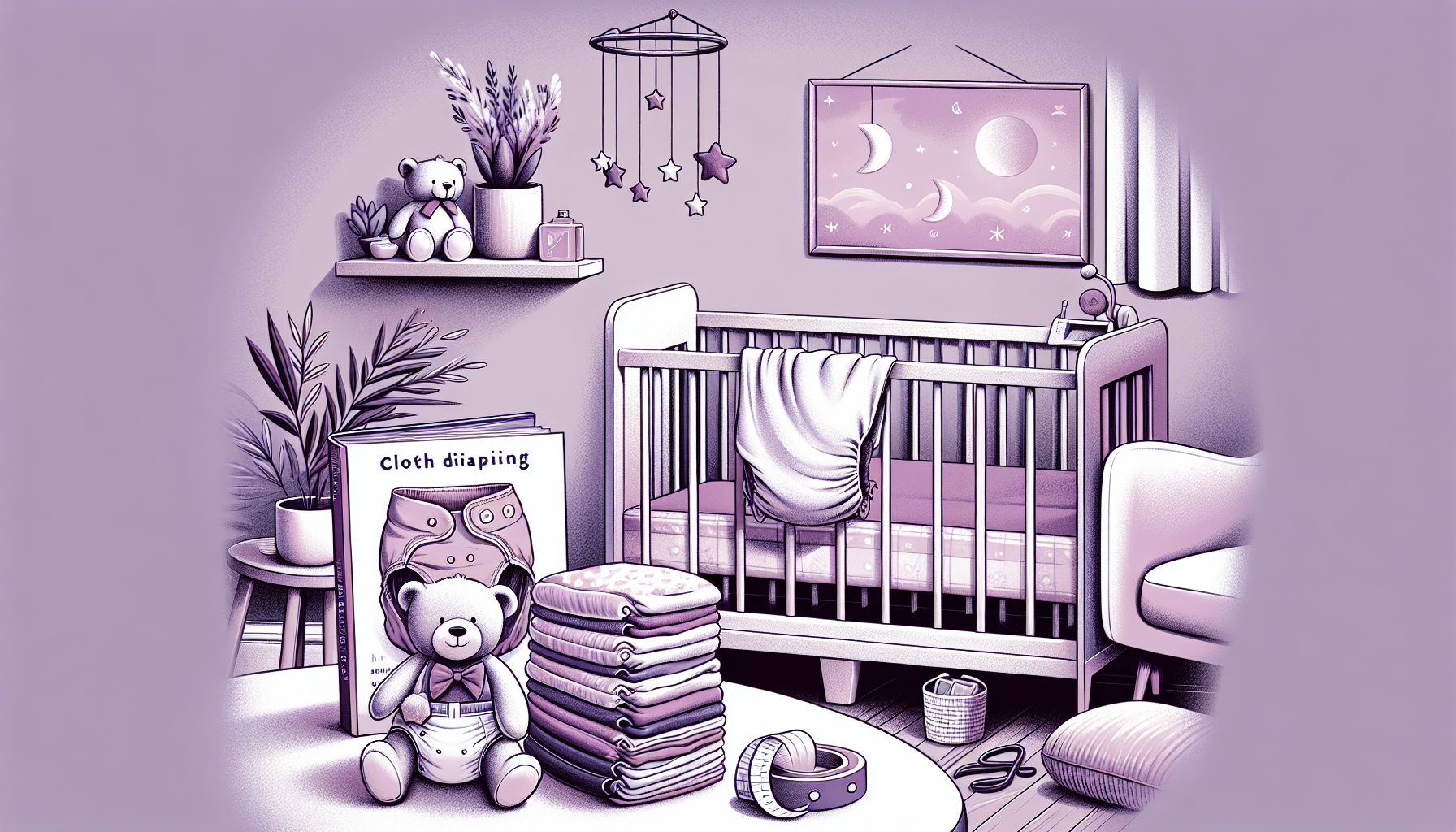
Scrutinizeing the Best Cloth Diapers for Modern Babies: A Full Guide
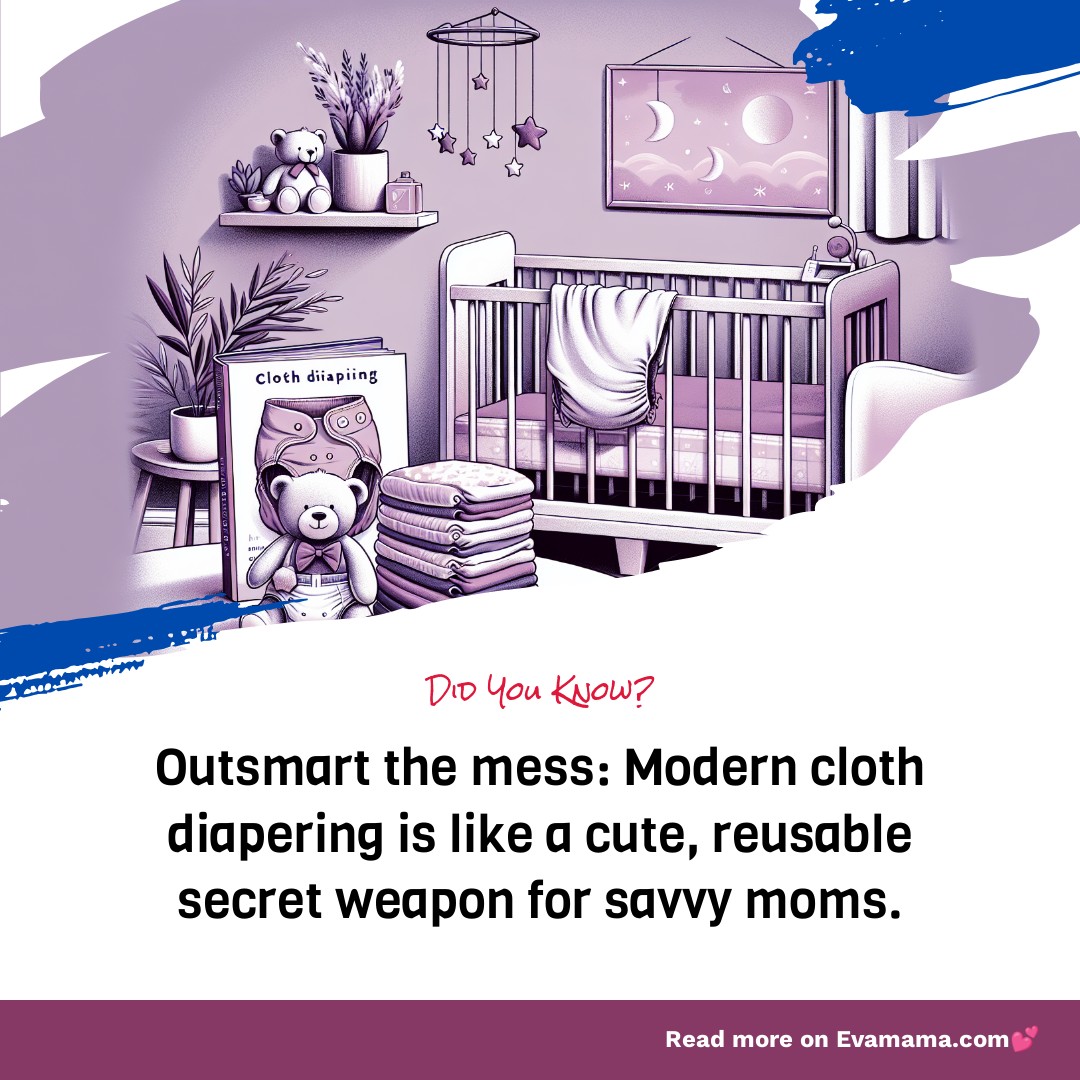
Prefold Diapers: The Classic Choice with a Modern Twist
Prefold diapers, the traditional cloth diaper, have evolved. Today’s versions are made from natural fibers like cotton, bamboo, and hemp, offering superior absorbency and comfort. They’re economical and durable, making them a favorite among budget-conscious parents. You’ll appreciate the customizability of prefolds; they can be folded to fit your baby’s unique shape and size, ensuring a snug, leak-proof fit.
All-in-One Diapers: Ultimate Convenience for Busy Parents
All-in-one (AIO) diapers are the epitome of convenience in the cloth diapering world. With sewn-in absorbent layers and waterproof exteriors, they mimic the ease of disposable diapers. Brands like bumGenius Original 5.0 have perfected the AIO design, offering adjustable snaps to grow with your baby from infancy to potty training. The built-in absorbency layers mean no stuffing or folding, saving you precious time.
Pocket Diapers: Customizable Absorbency for Your Little One
Pocket diapers feature a unique design with a pocket opening between the waterproof outer layer and a stay-dry inner lining. You can adjust the level of absorbency by inserting the appropriate number of absorbent pads, known as inserts. This flexibility makes them ideal for nighttime use or for babies who are heavy wetters. The bumGenius 5.0 is a standout in this category, offering a stretchy, stay-put fit and a variety of insert options.
Hybrid Diapers: The Versatile Solution for Every Situation
Hybrid diapers offer the best of both worlds, combining the convenience of disposables with the eco-friendliness of cloth. They consist of a reusable cloth shell and a choice between disposable or cloth inserts. GroVia is a leader in this space, providing innovative hybrid systems that cater to parents who are on-the-go but still want to reduce their environmental footprint.
Key Factors to Consider: Adjustability, Absorbency, and Ease of Use
When choosing cloth diapers, consider how they will grow with your baby. Look for adjustable snaps or hook-and-loop closures for a perfect fit at every stage. Absorbency is required-opt for diapers with multiple layers or the ability to add extra inserts.
Leading the Market: Innovative Designs from Top Brands
Brands like bumGenius and GroVia are at the forefront of cloth diaper innovation. They continuously improve their designs to meet the needs of modern families, focusing on ease of use, durability, and sustainability. Their commitment to quality has made them favorites among cloth-diapering parents.
Table: Comparing Cloth Diaper Styles
| Style | Adjustability | Absorbency | Ease of Use | Best For |
|---|---|---|---|---|
| Prefold | High | Moderate | Moderate | Budget-conscious parents |
| All-in-One | Moderate | High | High | Busy families |
| High | High | Moderate | Overnight & heavy wetters | |
| Hybrid | High | Variable | High | On-the-go parents |
Embracing Cloth Diapering: A Journey of Trial and Success
Embarking on the cloth diapering journey can be daunting, but with the right information and a bit of practice, you’ll find a system that works seamlessly for your family.
Cloth Diapering in the Modern Age: A Practical Guide
As you navigate the world of modern cloth diapers, keep in mind that this is not just about diapering-it’s about making a choice that benefits your baby, your wallet, and the planet. With the variety of styles available, you’re sure to find a cloth diapering system that fits your lifestyle and provides your baby with the comfort and protection they deserve.
How Do You Efficiently Wash and Maintain Cloth Diapers?
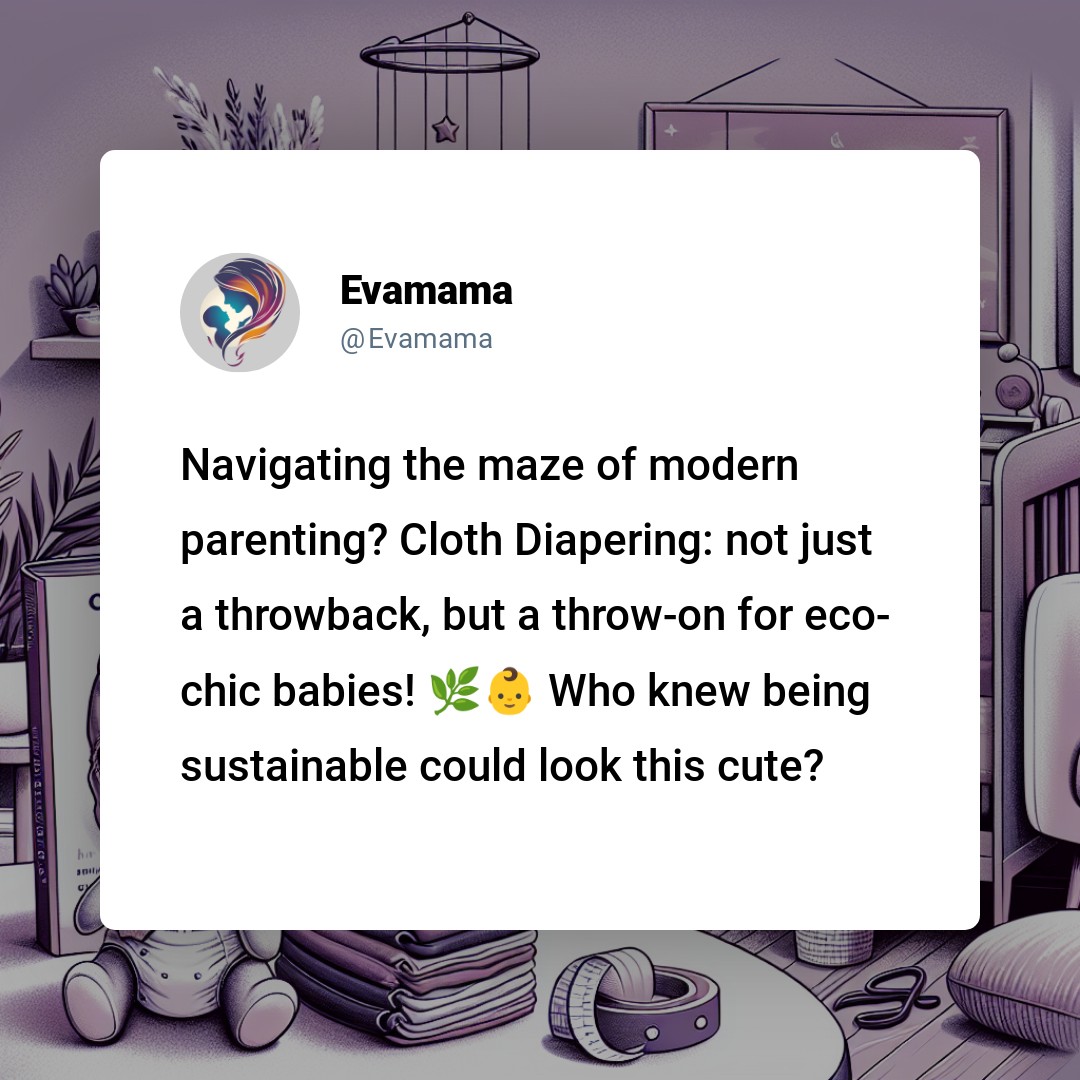
Establishing a Routine: The Foundation of Cloth Diaper Care
You’ve made the eco-friendly choice to use cloth diapers, but now you’re faced with the question: How do you keep them clean and well-maintained? Let’s dive into a routine that ensures your baby’s comfort and the longevity of your cloth diapers.
Pre-Wash Rituals: The First Step to Cleanliness
Before tossing diapers into the wash, remove as much solid waste as possible. A diaper sprayer attached to your toilet can be a game-changer, allowing you to rinse off residue directly into the bowl. For exclusively breastfed babies, their waste is water-soluble and can go straight into the wash.
The Main Event: Washing Your Cloth Diapers
When it’s time to wash, start with a cold water rinse to remove any remaining waste and prevent stains. Follow this with a hot water cycle, using a cloth diaper-friendly detergent. It’s needed to avoid fabric softeners and bleach, which can degrade the fabric and irritate your baby’s skin.
The Wet Bag: A Cloth Diapering Critical
Invest in a quality wet bag for storing used diapers between washes. These bags are designed to contain odors and moisture, making them perfect for on-the-go changes or at home. Choose a bag with a sturdy zipper and wash it along with your diapers.
Drying Strategies: Preserving Fabric Integrity
Air drying is the gentlest option for your diapers, preserving their elasticity and avoiding wear from high heat. If you need to use a dryer, opt for a low heat setting. Inserts and prefolds can handle higher heat, but always check the manufacturer’s recommendations.
Dealing with Poopy Diapers: A Delicate Matter
For diapers that are heavily soiled, a dedicated diaper sprayer or liners can make cleanup easier. Some parents opt for disposable liners that can be lifted out and flushed, while others prefer reusable fleece liners that protect the diaper from creams and ointments.
The Environmental and Financial Upside
Cloth diapering isn’t just about being eco-friendly; it’s also cost-effective in the long run. By maintaining your diapers properly, you’re not only reducing waste but also ensuring that your investment lasts through multiple children, if that’s your plan.
Step-by-Step Guide to a Hygienic Routine
- Store used diapers in a dry pail or wet bag until laundry day.
- Pre-rinse in cold water to remove waste and prevent stains.
- Wash with a hot cycle and a suitable detergent.
- Add an extra rinse to ensure all soap is removed.
- Air dry or tumble dry on low heat.
Troubleshooting Common Issues
If you notice odors or leaks, it may be time to strip your diapers. This process removes buildup from detergents and creams. Consult with cloth diapering communities or manufacturers for the best method to strip your specific brand of diapers.
The Table of Diaper Care Importants
| Step | Description | Tips |
|---|---|---|
| Pre-rinse | Cold water rinse to remove waste | Use a diaper sprayer for efficiency |
| Wash | Hot water cycle with appropriate detergent | Avoid fabric softeners and bleach |
| Dry | Air dry or low heat tumble dry | Check manufacturer’s guidelines |
| Store | Use a wet bag or dry pail | Wash the bag with your diapers |
| Troubleshoot | Strip diapers if issues arise | Seek advice from experienced cloth diaper users |

